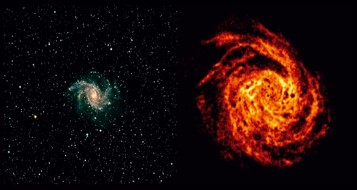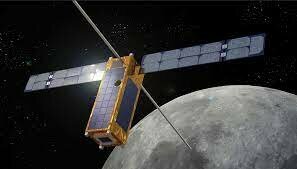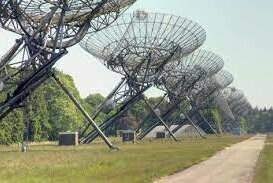What is the Radio Astronomy track about?

Radio astronomy is the study of celestial objects that give off radio waves. With radio astronomy, we study astronomical phenomena that are often invisible or hidden in other portions of the electromagnetic spectrum. This includes the death and life of stars, exoplanets, black holes and pulsars.
In the Radio Astronomy track we will work on both the science and technological aspects of radio astronomy. The track introduces students into fundamental questions about the origins of the Universe, a description of the origin of matter, space and time, stars and galaxies, supernovas and black holes, and the fact that we literally consist of star dust. But we will also look at, for instance, how radio telescopes work, how the data processing is done and how you can build radio telescopes
First year:
In the beginning of the track, we will introduce the area of radio astronomy. This will be done by several short lectures given by experts and by yourself using the flip-classroom principles.
The remaining of the year will work on small projects.
Second year:
In the second year we will work on large challenges. Possible examples of challenges are:
- Working on navigation, timing and localization on Earth by using pulsars as reference sources.
- Making a radio telescope at the TU/e, and do some observations.
- Making an AI system for searching for special features in radio astronomy data.
- And many more



More information
Want to know more? Contact Mark Bentum, m.j.bentum@tue.nl.